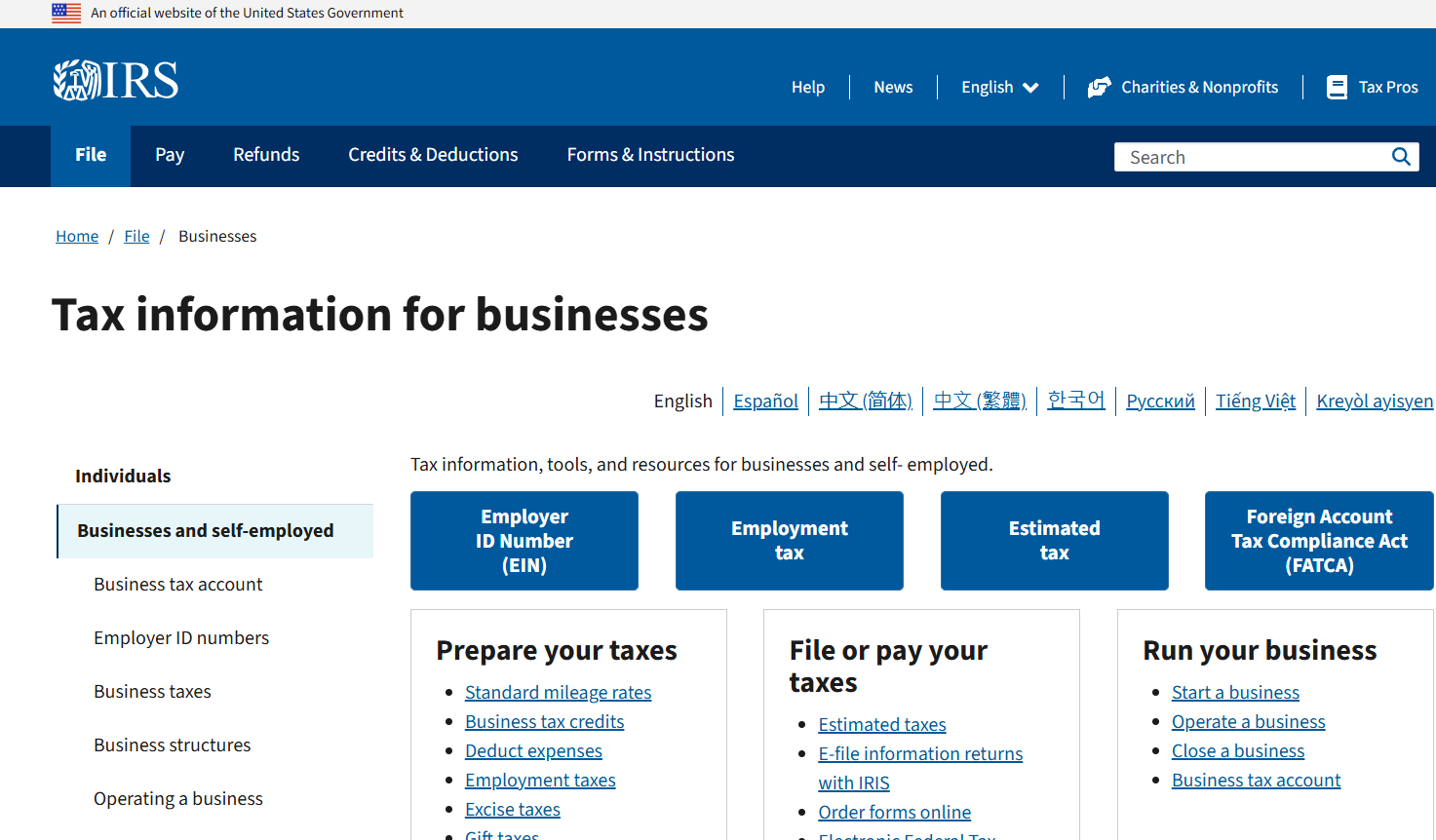IRS Prevails in Cost Segregation
By James G. Dowell
The IRS under the Cost Segregation Audit Techniques Guide addresses cost segregation in the following:
In recent years, increasing numbers of taxpayers have submitted either original tax returns or claims for refund with depreciation deductions based on cost segregation studies. The underlying incentive for preparing these studies for federal income tax purposes is the significant tax benefits derived from utilizing shorter recovery periods and accelerated depreciation methods for computing depreciation deductions. The issues for Service examiners are the rationale used to segregate property into its various components, and the methods used to allocate the total project costs among these components.
The benefits of cost segregation can be substantial for taxpayers; however, the Tax Court decision in AmeriSouth XXXII, Ltd. v. Commissioner of Internal Revenue has determined a new standard for eligibility. In 2003 one of the AmeriSouth Texas partnerships, AmeriSouth XXXII, Ltd., purchased an apartment complex for $10.25 million. Immediately after making the purchase AmeriSouth began a $2 million dollar renovation of the existing apartment buildings. AmeriSouth, trying to take advantage of accelerated depreciation methods, hired MS Consultants to do a cost segregation study. In all AmeriSouth separated the asset components into 12 categories, attempting to depreciate more than 1,000 building components over five or 15 year spans. AmeriSouth’s accelerated depreciation method generated hundreds of thousands of dollars in tax deductions. The Commissioner argued that the apartment complex should be classified as one asset and therefore must be depreciated over 27.5 years, a timeframe established under the Modified Accelerated Cost Recovery System (MACRS). Because of this discrepancy the IRS audited AmeriSouth, denying over $1 million in deductions from 2003 to 2005, leading to the previously mentioned case in the Tax Court.
Complicating the situation further, at the time the case came to trial AmeriSouth sold the apartment complex and stopped all communication with the IRS, the court, and even their attorneys. The court therefore found “any factual matters not contested to be conceded by AmeriSouth.” Looking closer at the 12 categories AmeriSouth had identified for accelerated depreciation, the court sided with the Commissioner in all but a couple of components. They determined that most of the components were structural components, integral to the building’s operation and maintenance, and must be depreciated over the full 27.5 years. The court based its findings off the definition established for “structural component” of a building and determined that for an asset to be a structural component, it must be essential to the operation or maintenance of a typical apartment building. By defining the building as an “apartment” building much of the classified assets broken out by AmeriSouth now became essential components, and therefore did not qualify for shorter life spans.
This case sets a new standard for the cost segregation method in depreciating assets. It makes the process harder by being more specific in its definition of what assets are deemed essential to the structure of the type of building. Although benefits for tax payers are still possible under this method, businesses must be more careful in how they break down the various categories of a building when depreciating under this method.










